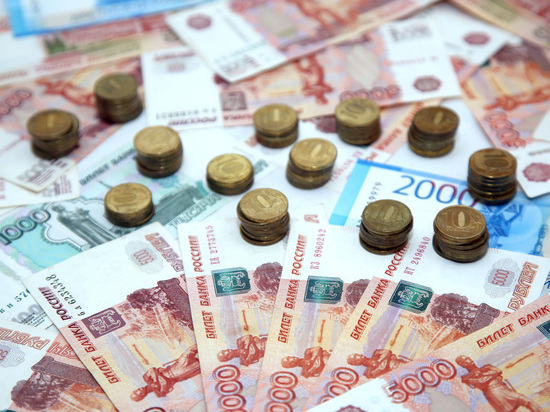Named the main disadvantage of the state program of long-term savings
[ad_1]

Expert: “There is no inflation protection mechanism”
The government has received a bill on a long-term savings program co-financed by the state. Conceptually, this large-scale document looks absolutely sensible: its goal is to encourage Russians to save on their own, not only for the future, but also in case of “special life situations”. However, in real life, the measure is unlikely to find a wide response among the population. At best, only those whose salary is much higher than the average 64 thousand rubles will want to take part in the program. And this is no more than 2 million people.
This is another attempt to reform and finally launch the system of voluntary savings of citizens, which the Central Bank and the Ministry of Finance have been working on since 2016. Amendments are proposed to be made to many laws, including those on non-state pension funds (NPFs), on compulsory pension insurance, on guaranteeing the rights of NPF participants, and so on.
There are two key words here – “long-term” and “voluntary”. You can start saving at any age (from the age of 18), including in favor of a third party (for example, a child). To do this, it is necessary to conclude an agreement with the NPF, which will act as the operator of the program, investing citizens’ investments in federal loan bonds (OFZ) and other securities. The entry fee is determined by the person independently, its amount is not limited, and the frequency of replenishment of the account is determined by the contract. With regard to payments, two types are available: for life and urgent, appointed for a period of at least ten years.
To increase the attractiveness of the program, a number of additional incentives are offered to its participants. Among them, for example, the opportunity to receive a tax deduction of up to 52 thousand rubles annually when paying contributions up to 400 thousand rubles (per year), as well as co-financing of deductions from the state. Income from investing funds under the program is not subject to personal income tax (PIT). An example related to all these “goodies” was given in April by the head of the Ministry of Finance Anton Siluanov: if a person invests 80 thousand rubles a month, or about a million a year, in the system of long-term savings, he will receive an additional payment from the state in the amount of 36 thousand rubles plus a tax deduction for 12 thousand rubles. “Total under 50 thousand rubles. This is a direct benefit and difference from a simple investment in a bank,” the minister noted. But the question is: are there many people in Russia who are not only willing, but also able to transfer 80 thousand rubles to non-state funds every month, for decades?
“In order for people to incur their money in NPFs, they must, firstly, be “superfluous”, and secondly, provide a significantly higher yield than interest on existing bank deposits, says Sergey Smirnov, a leading researcher at INION RAS. – In addition, in the conditions of high volatility of exchange rates, financial instability and general uncertainty, it makes no sense to plan anything for 20-30 years ahead. Young people entering the labor market today have very different concerns. And people who have a relatively short-term stash, in any case, prefer to spend it “here and now” – to buy an apartment, a car, to make major repairs.
Russians are absolutely not interested in the topic of long-term savings – this is easy to verify by looking at social networks, Smirnov notes. Users discuss anything: how to save money on food or gasoline, how to pay for utilities, how to cook a casserole, how to cut a cat, but not how to save up for old age or a “rainy day”.
“I did not see a mechanism for protecting against inflation in the bill,” says Aleksey Zubets, a professor at the Financial University under the Government of the Russian Federation. – Tax deductions, state co-financing – all this is wonderful, but the consumer in Russia is afraid, first of all, of rising prices that can eat up half of his money over a relatively long (5-10 years) time period. Now, if long-term savings were invested in bonds of the Ministry of Finance with a floating coupon, which would be guaranteed to cover the inflation rate, then it would be another matter. But this is not in the document. Accordingly, there will be no mass participation in the program: taking into account tax benefits, it can attract at most 2 million people. Now the Russians have about 30 trillion rubles in their hands, according to the Central Bank. The state is trying to extract and use in its own interests at least part of this huge amount of cash. But first, we need to offer people a truly effective way to protect their funds in the long term.”
[ad_2]
Source link






